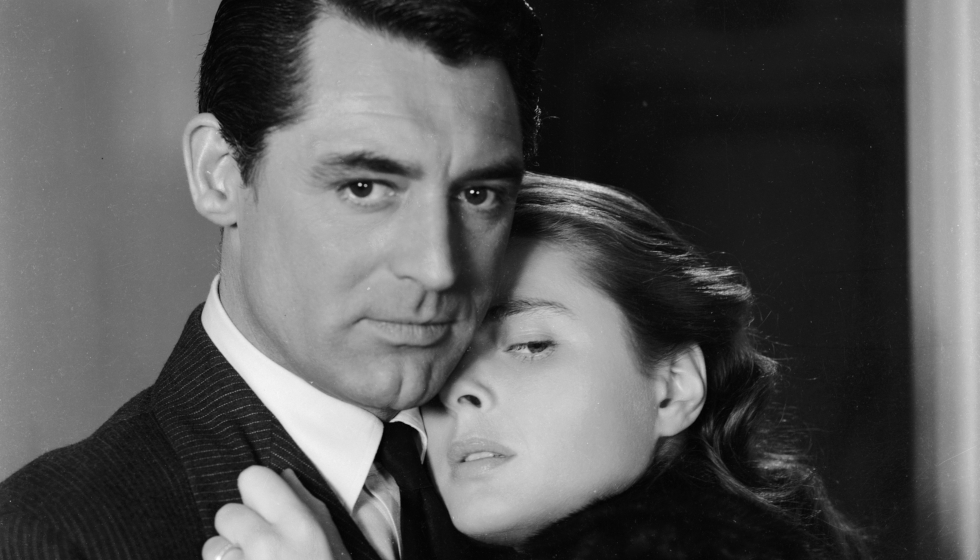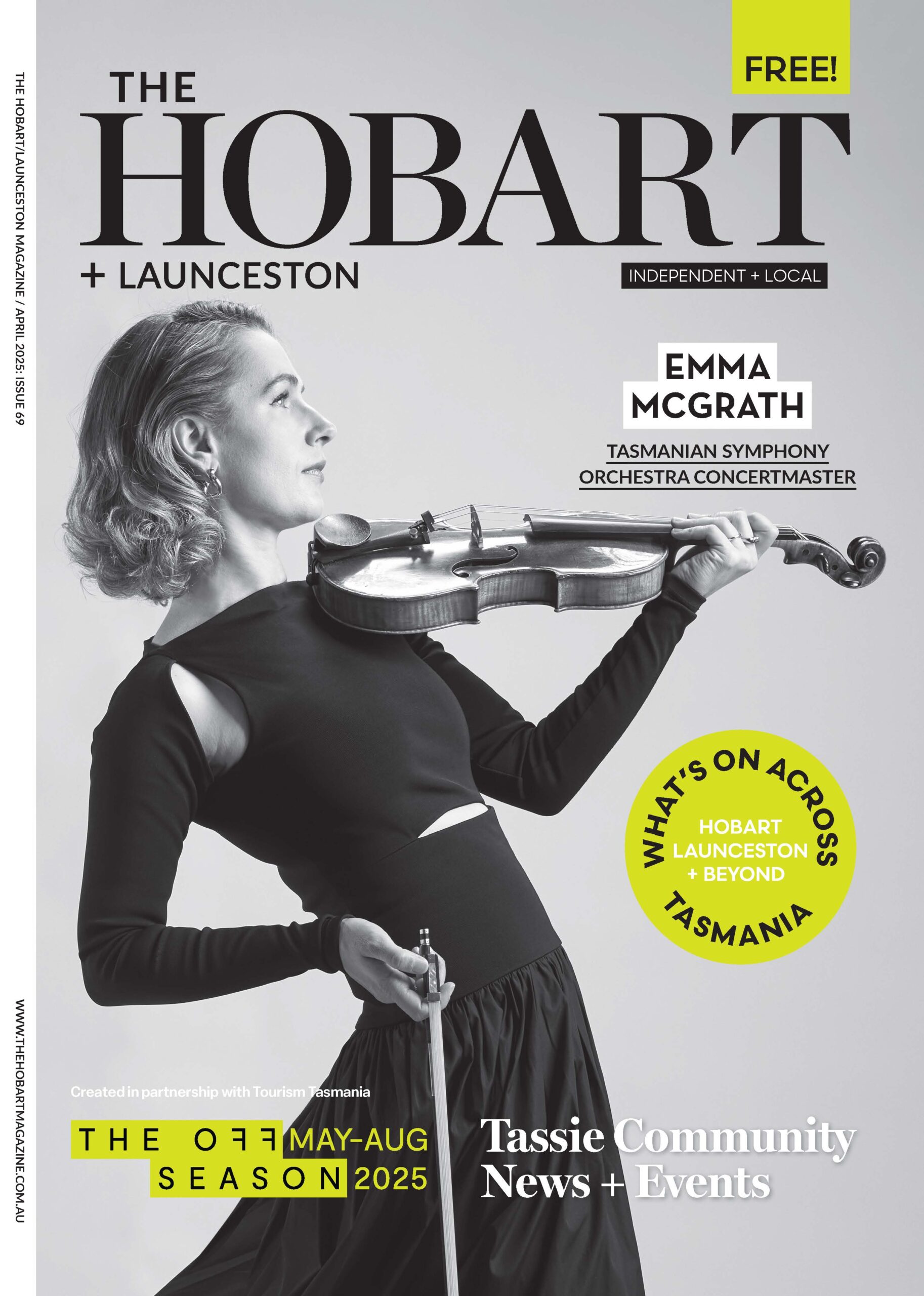Hobart Film Society Clocks Another Year as the Oldest in Australia
by Stephanie Williams

Since 1946, a secret society of Hobart film lovers meets to watch films and chat all things movies. From humble beginnings, the society grew to a huge supporter base of almost 2000 film buffs. For a few reasons – including Covid – numbers are a little less than that now, but they’re looking to build again.
In 1946, after a screening of documentaries at the State Library, the librarian at the time suggested that a film society would give people a chance to meet regularly to see interesting documentaries, hear talks and have discussions. Dr Anne Matz, a teacher at Hobart High School, convened a public meeting and the Hobart Film Society was formed. At first it showed documentaries, then a few classics such as Battleship Potemkin (then-USSR,1925) and Alexander Nevsky (then-USSR 1939).
Accolades for the quality of the society have been welcomed. According to Tony Manley, the current Secretary of the club, the Hobart Film Society received favourable comment in the History of Australian Film Societies publication a few years ago. “Amongst its many innovative actions, Hobart Film Society is probably the only film society in Australia which made a success of evolving from being a 35mm operation to a total reliance on 16mm, before the inevitable move to DVD. Hobart Film News is still published bi-monthly – this would now be one of the half-dozen or so excellent quality newsletters over the last fifty to sixty years servicing film society members,” they wrote about the society. Tony shares, “Hobart Film Society is not only the longest-running film society in Australia but, according to the also a prime example of the success which can be achieved by a very few dedicated people.”
In 1949 the society began public screenings of first-release European films. Favourites included La Symphonie Pastoral (France, 1946) and Les enfants du Paradis (France, 1945) which were shown at Bellerive, Lindisfarne, Glenorchy, Taroona, New Norfolk, Tarraleah, Butler’s Gorge, Bronte Park and Invermay. But in late 1950 the society reverted to members-only screenings. In 1951–52 it showed mainly recent release films from France and Italy, but also some from UK and USA, including some earlier classics such as Marius (France, 1931), Fanny (France, 1932) and Citizen Kane (USA, 1941).
By 1953 it was the biggest film society in Australia, with 800 members, and led the formation of the Tasmanian Federation of Film Societies. Since then, for almost all the time until now it has screened classic and important films from the history of cinema at members-only screenings. For most of the time from 1962–2000 it held many public screenings a year, usually of films not previously seen in Tasmania and sometimes attended by several hundred members and non-members. All this contributed to establishing a wider Tasmanian appreciation of new and classic films from around the world.
As some readers may remember, Tasmania had no colour television until 1974. No commercial cinemas in the Hobart CBD or North Hobart back then opened on Sundays (cinema-goers had to enjoy films at Claremont or Huonville instead!). The State Cinema had ceased to operate but was rescued by Phillip Adams and Gough Whitlam to be renovated by the Australian Film Institute.
In the early 70s, the society was hiring a CBD cinema one Sunday a month for two public screenings of a first-release film (often foreign-language) that was unlikely to be released in Tasmania, and giving big discounts to its members. Tony shares that from 1974 to 1992, it also held an annual Hobart International Film Festival of first-release films, again with big discounts for its members. “These were all so successful that the commercial cinemas began screening on Sundays (which they still do) and even brought back some of the films that had done well at society screenings, and began keeping many such films for first release themselves.” Sadly, the society found it more difficult to find first-release films that would break even and eventually ceased public screenings over 20 years ago.
For the last 50 years attendance at the members-only screenings has usually been between 30 and 50. “The society now has about 120 members,” Tony shared. “When membership was at its peak (of 1774 members in 1983) it was largely because of discounts for its members at its public screenings of first-release films. The society is pleased to see the growing success of the State Cinema over the years, but is also proud to have pioneered arthouse cinema in Tasmania and looks forward to the future.”
Weekly members-only screenings (including refreshments) are free, at Criterion House, Mathers Place, Bathurst St, Hobart, on Mondays at 7.30. For more information, call 6231 3581 or 6234 6071, or visit hobartfilmsociety.org.au.

